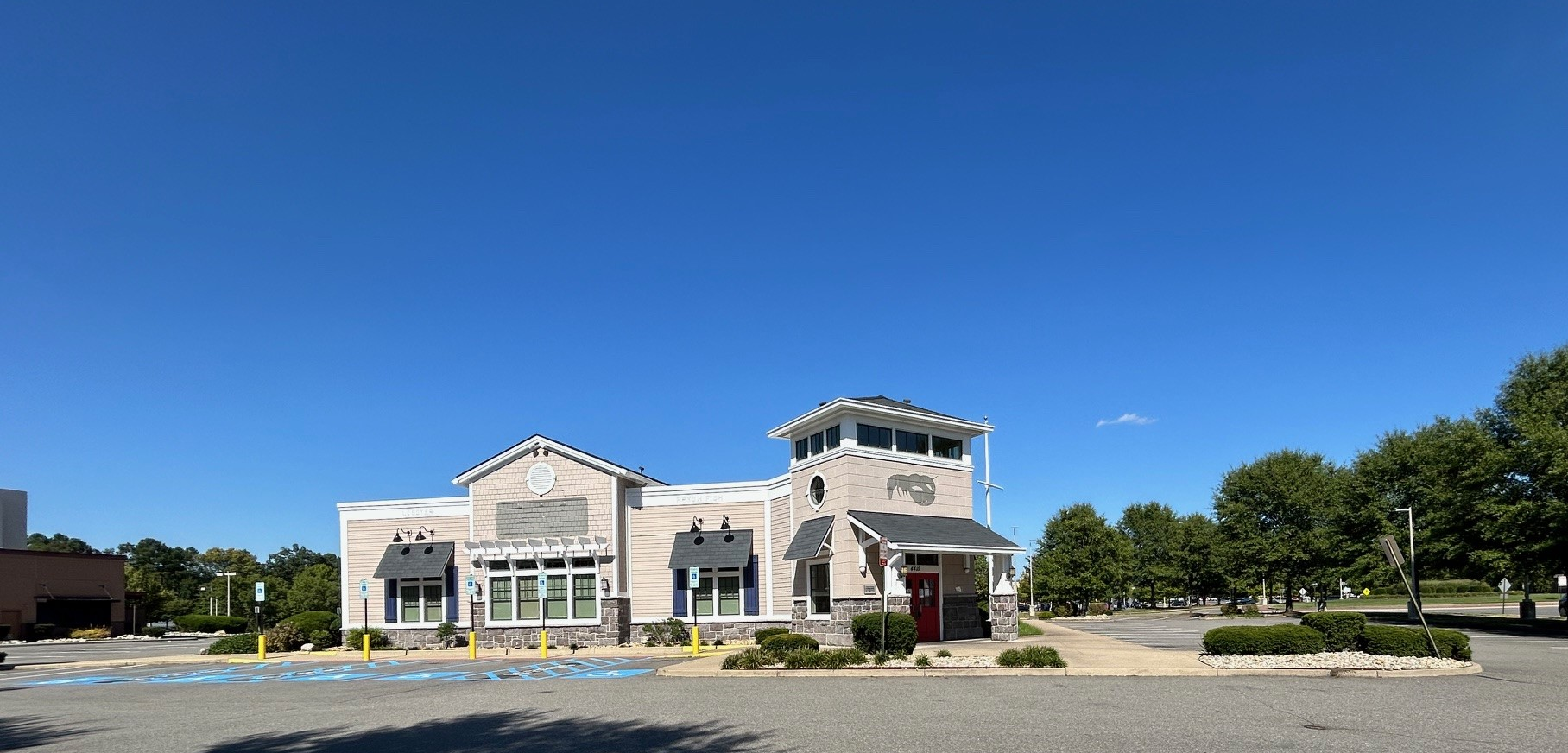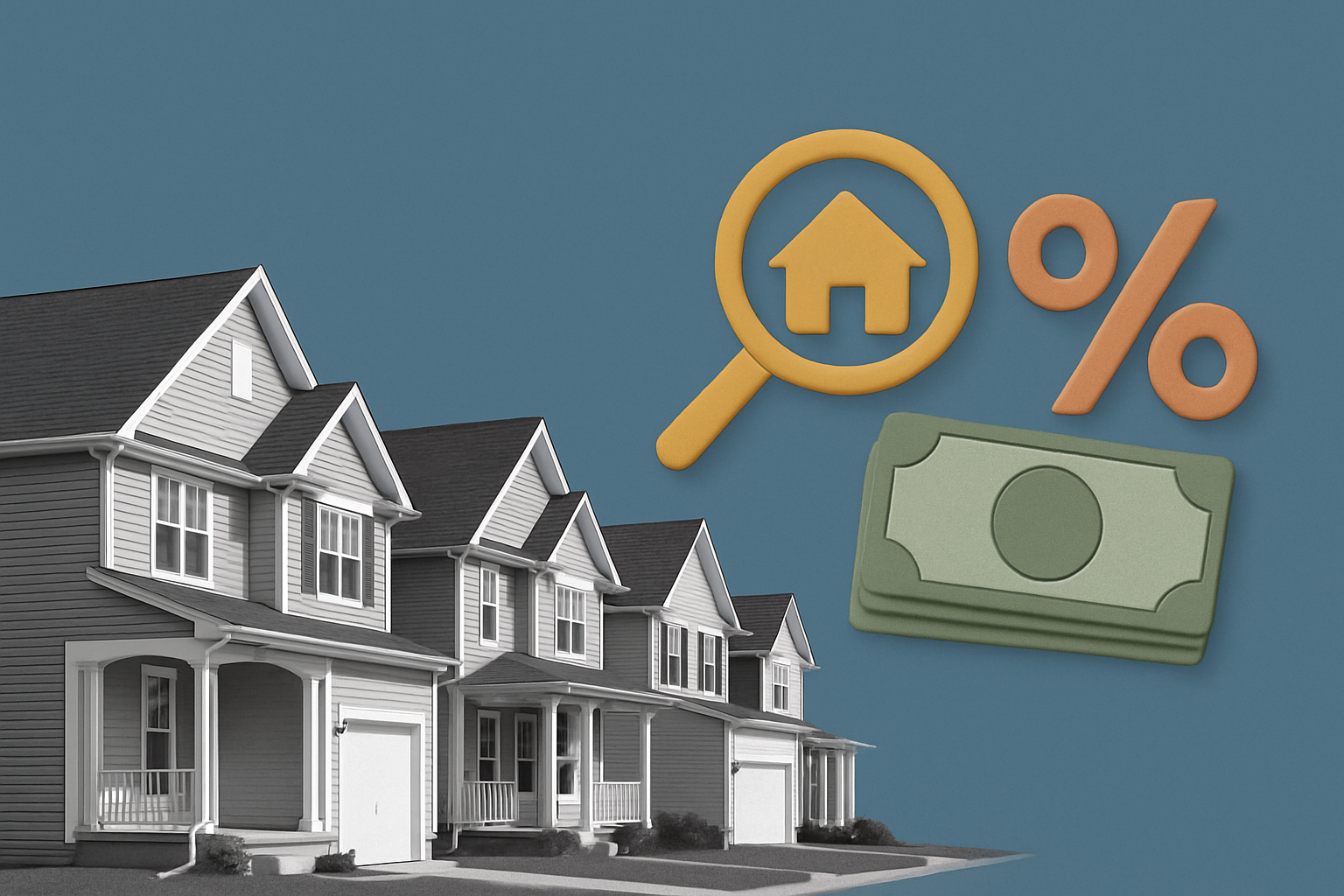H
ousing has become a pressing issue in presidential politics, but federal policies may not alleviate the undersupply in the short term. Market data often conflicts or is confusing, making it difficult to make informed decisions about residential real estate. Housing Market Decoded provides context for market numbers.
Both major party candidates have discussed housing affordability on the campaign trail, with young voters ranking it as their top issue this election season. The primary driver of high home prices and worsening affordability in the U.S. is a lack of supply. Recent reporting has highlighted the national attention on the housing shortfall in America.
Estimates of the housing deficit vary widely, ranging from 1.5 million to 5.5 million units. Differences depend on the methods used to produce these numbers. The National Association of Home Builders and Freddie Mac rely on assumptions about long-term vacancy rates, while Moody's Analytics considers pent-up household formations. Up for Growth nets out second and vacation homes, leading to a higher estimate.
Despite the varying estimates, it's clear that there is an insufficient supply of housing to meet demand. Housing issues are gaining traction at local, state, and federal levels, with presidential candidates incorporating them into their platforms. The Harris-Waltz campaign has proposed incentives for new construction, including tax breaks and streamlined permitting processes. Their goal is to produce 3 million housing units over four years.
The Trump-Vance campaign has not issued a specific plan to address the housing shortfall, but suggests reducing government regulation and curbing immigration to expand supply. However, both candidates have also proposed policies that won't help solve the affordability challenge, such as down payment assistance programs or presidential involvement in setting interest rates.
Increasing the housing supply will take time and requires effective federal solutions, including incentives for new construction and motivating homeowners to sell their homes. Reducing regulation at local and state levels can also help lower costs associated with homebuilding.















